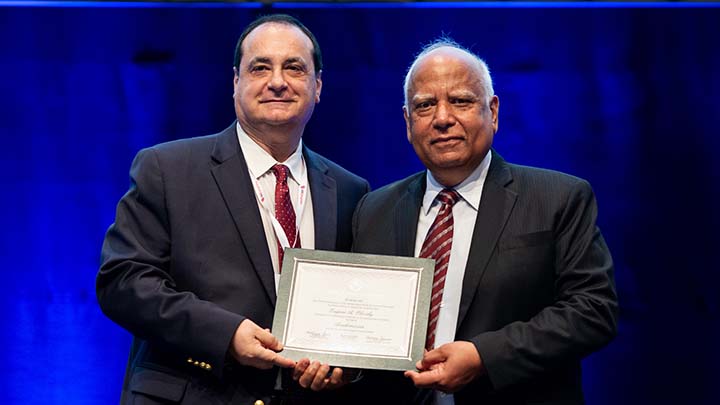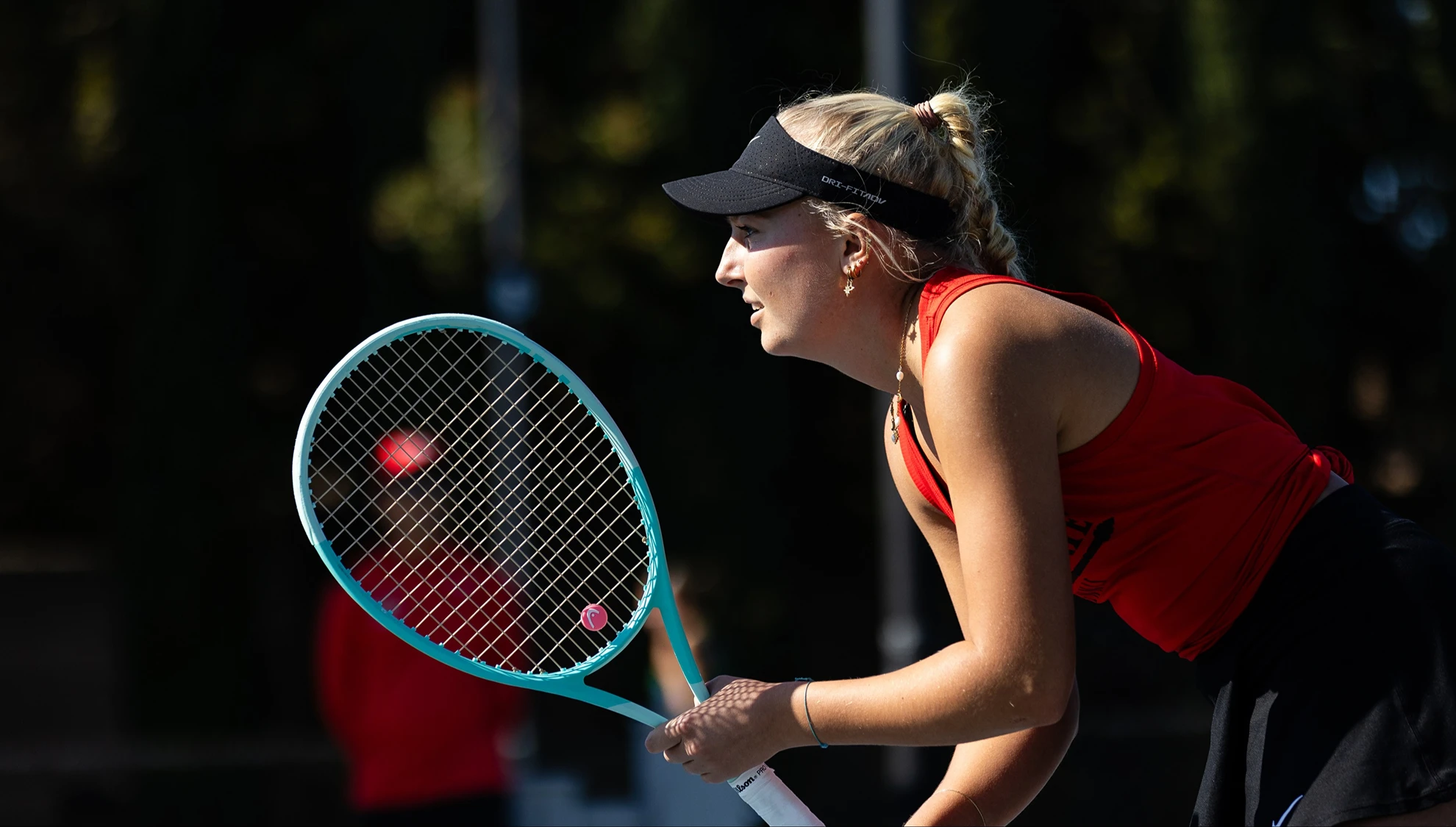Engineering dean recognized for pioneering work in materials engineering
Dean Eugene Olevsky received an international award for his contributions to the field of sintering.

The International Institute for the Science of Sintering this month awarded San Diego State University College of Engineering Dean Eugene Olevsky its Frenkel Prize for extraordinary contributions to the materials-engineering field.
Olevsky and a Korean researcher who also received the honor are the first scientists since 2002 to be recognized with the award, recognizing the global impact of their work. The institute, which called the two awardees “two of our most distinguished and active members,” presented the prize at a Sept. 2-6 biennial conference in Herceg Novi, Montenegro. It is the highest award of the International Institute for the Science of Sintering which has been bestowed only 12 times since it was established in 1977.
The prize comes one month after Olevsky received additional recognition for his work from the World Academy of Ceramics. At a ceremony in Budapest, Hungary, the academy conferred the title of Academician.
Educated at Kiev State University and the Kiev Institute of Technology in Ukraine, Olevsky joined SDSU in 1998 as an assistant professor of mechanical engineering and became a professor in 2004. He was named distinguished professor in 2007, when he also became director of the Joint SDSU-UCSD Doctoral Programs in Engineering Sciences.
Sintering is a process that turns a powdered substance into a solid mass, using heat and pressure. Olevsky describes it as a fundamental technique of materials manufacturing, widely used in the production of ceramics, metals, glass, plastics, and composites. Sintering was one of the first manufacturing processes utilized by humans, but more recently it has become integral to 3D printing technologies.
Olevsky’s contributions to the field are considered pioneering, revolutionizing both research and practical applications of the science, and have made SDSU internationally known for sintering research.
He developed a framework for understanding and modeling the technology’s processes, known as the Continuum Theory of Sintering. Many of his students have become prominent figures in sintering academia and industry.
The award of the title of Academician by the World Academic of Ceramics also was tied to his work in ceramics and sintering.



